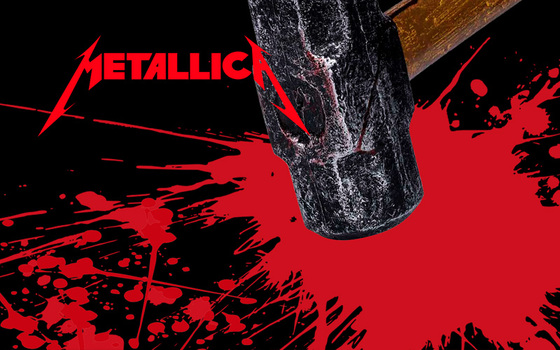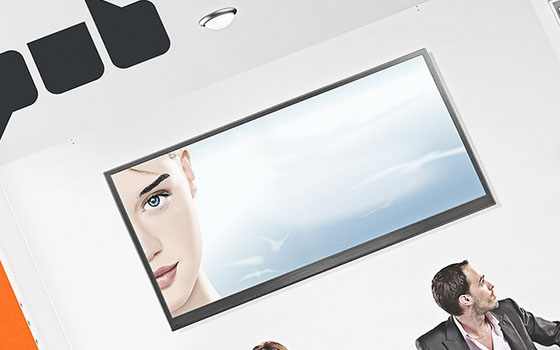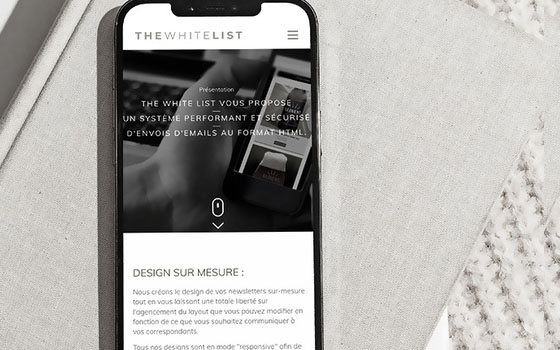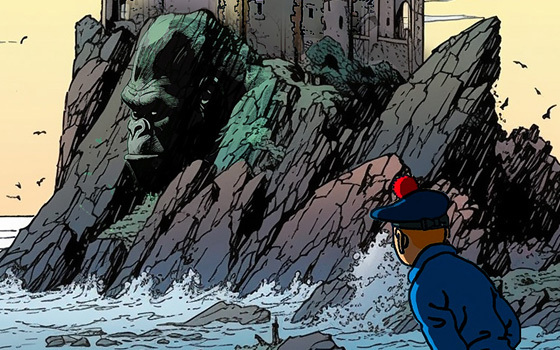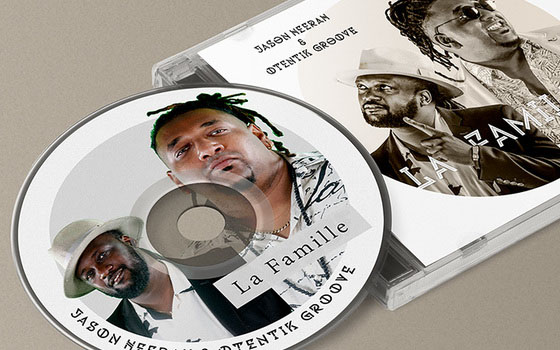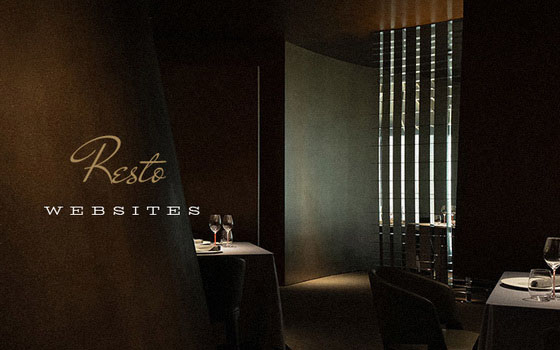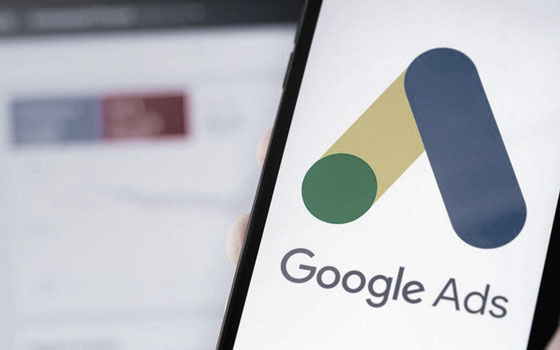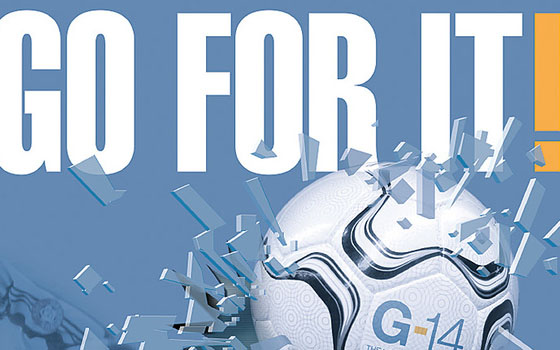be
prepared
Are you embarking on creating or redesigning your website? Before diving into your project or enlisting a professional to design your site, it's essential to draft a brief. How do you write it so that it's truly useful? We'll explain step by step in this practical guide in 8 stages.
- A website brief is a document that broadly defines the objectives, content, features, and technical constraints of a website project.
- It includes information such as the company's context, target audience, message to convey, desired visual style, required functionalities, and project timeline.
- This document serves as a guide for the team responsible for designing and developing the site, ensuring that the final result meets the client's expectations.
1 - Presenting your company or project
What does your company do?
Before diving into the details, take the time to present your company or project.
You are familiar with your business, but perhaps the person in front of you is not yet acquainted with it. Therefore, take the necessary time to provide all the information needed to build a solid foundation upon which your team or an agency could rely to carry out a portion of the project.
- Begin by giving an overview of the history and values of your company, as well as the products or services you offer. Don't forget to mention your positioning in the market.
- Review your company's journey since its inception, highlighting key moments, notable achievements, and significant events that have marked its history.
- Emphasize the core values that guide your company. Examples include integrity, innovation, sustainability, etc.
- Provide detailed information about the products or services offered by your company by describing their main features, benefits, and what sets them apart from the competition.
- Mention your expertise, client portfolio, distribution network, etc. These are all important elements to consider.
This introduction will enable the design team to understand your identity and gain an overview of your objectives.
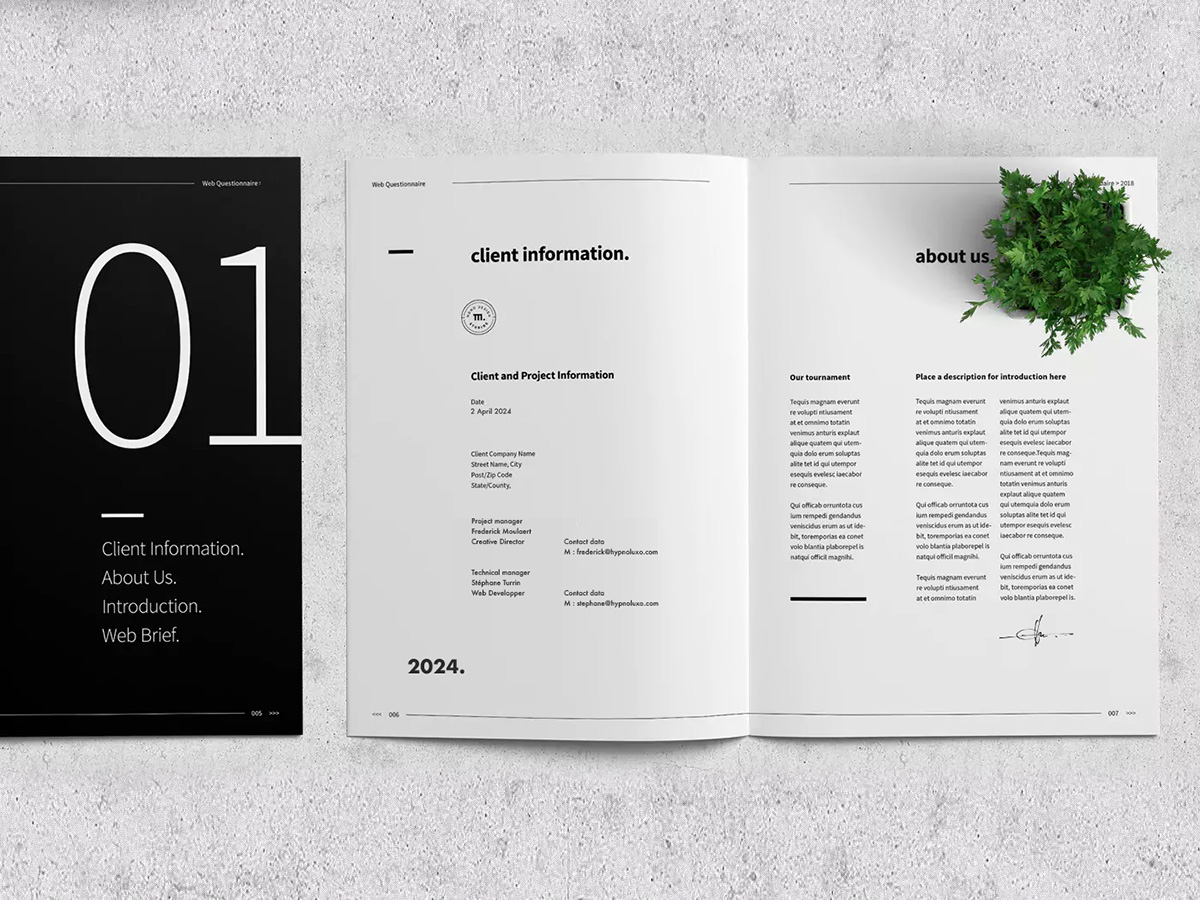
2 - Defining the objectives of the website
What are the goals of the project?
Another important part of the brief is to define the objectives of your website.
These are the pillars on which the success of your website rests.
- It is essential to understand why you are launching or redesigning your site. What are the reasons driving you to take action?
- If you already have a website, assess the current situation. Review all aspects: design, functionalities, content, site structure, photos, etc. Do you have information about your site's traffic? You can also mention that. If you don't have a site, that's okay; you can proceed directly to the next step.
- Clearly identify the objectives you wish to achieve with your website. This may include communication objectives such as strengthening your brand or increasing awareness, as well as more specific goals related to converting visitors into customers or generating leads.
- Express your needs clearly regarding your website. Do you want to create a showcase site? An e-commerce site? Or simply a landing page?
3 - Describing the target audience
Who do you want to attract?
As we've seen earlier, the objective of any website is to convey a message, intention, or specific action to the visitor. However, the site must be relevant and meet the needs of the reader.
A website targeting young adults aged 20 to 30 will not be designed in the same way as a site targeting older individuals. That's why it's important to precisely describe the target audience you want to reach and detail your "ideal" customer.
Understanding your target audience is essential for designing a site that speaks to them and meets their needs effectively. This section should include at least the demographic characteristics of the targeted users. What is their age, gender, family and professional situation, place of residence, interests, etc.? If your business is B2C-oriented, tailor your questions to obtain their professional data such as company size, industry sector, location, etc.
In addition to these basic pieces of information, you can also include the needs, expectations, and issues of your clientele. What are they looking for? What motivates them?
4 - Presenting the content and features
What are the pages and features you need on your website?
Now that you've detailed the "backstage" part of your site, let's move on to the more concrete part of the project: the site structure. This step requires some projection and imagination on your part. Imagine the actions you would like your visitors to take and the content that might interest them.
What do you want to appear on your site? What are the main sections and pages of the site? If you're creating a basic site, you'll probably have: a homepage, a page showcasing your products/services, an "about" page, and a contact page. But perhaps that's not enough for you; you need more features.
- Create a site map by arranging the different pages as your ideal customer would like to see them. Create a page hierarchy starting from your homepage.
- List the essential features and required sections of the site. Do you want to integrate specific modules such as forms, a blog, an e-commerce section, live chat, or an online payment system? Let us know.
- To delve further into the details, provide a detailed list of the content you want to include on your site, whether it's text, images, videos, or other elements.
- If you want the site to be accessible in different languages, please specify that as well.
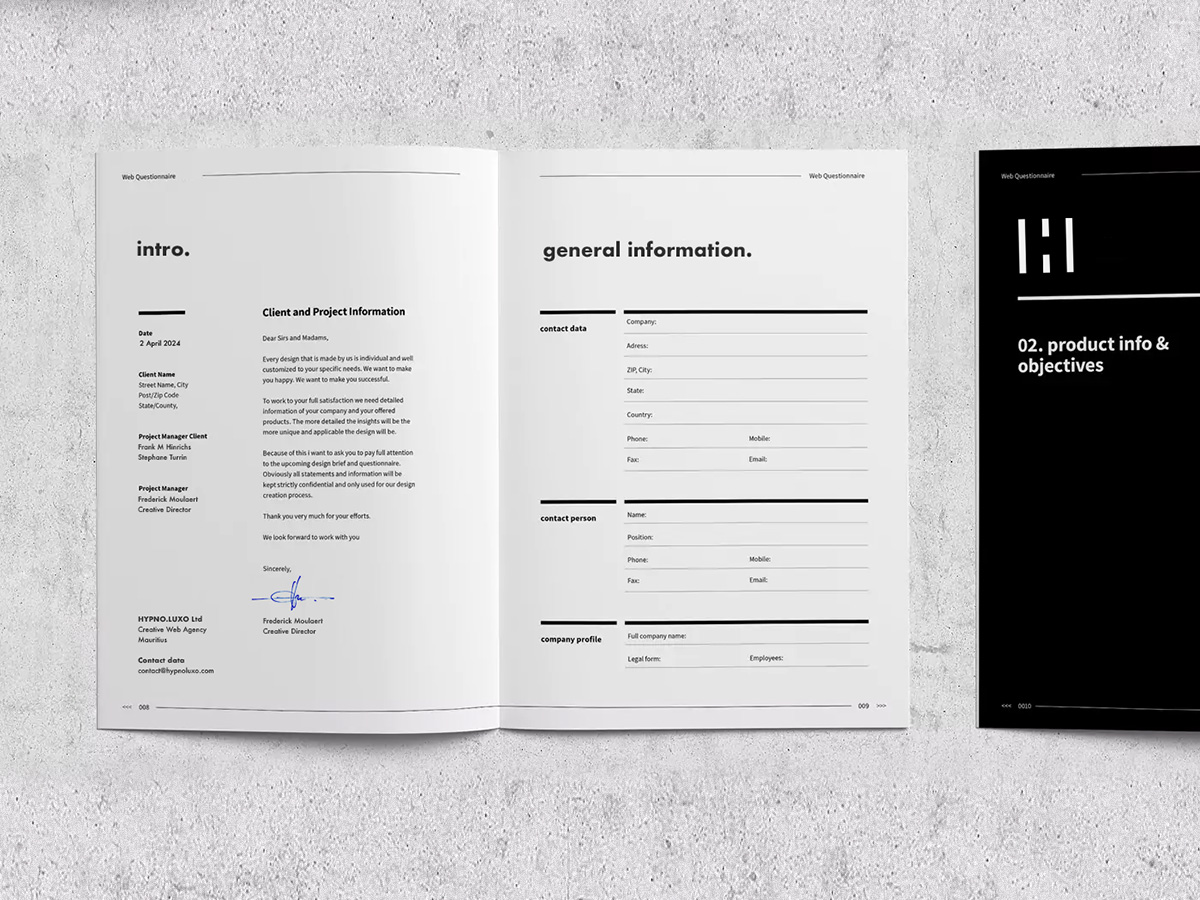
5 - Defining the identity and style of the site
Do you have a visual style to adhere to?
Nowadays, aesthetics play a crucial role in our society. Without even realizing it, we judge things based on their appearance and form preconceived ideas about them. So it would be a shame not to seize this opportunity to captivate the attention of your future visitors.
Whether you decide to update your existing site or create a new site from scratch, it's important to keep in mind that your site should reflect your brand image. This enhances the credibility and image that people have of your company.
- If you have a style guide, make sure to include it in your website. Clearly specify the branding elements to adhere to, such as colors, fonts, and your company logo.
- If you don't have a style guide yet, describe the visual style you want for your site, possibly based on examples or references.
- Another element to consider when designing your brief is the perception you want your target audience to have of you.
Define the message and tone you want to use. The message should clearly communicate what the brand wants to convey, while the tone should reflect how it chooses to say it.
6 - Specifying technical constraints
What are the technical prerequisites for your website?
Mastered CMS internally, hosting constraints, specific accessibility needs, SEO audit upstream of the project—it's important to consider the technical constraints prior to the project. Have you thought about how to design your website?
Unlike a fully coded site, sites in pure HTML are more difficult to modify and update unless you (or someone on your team) have HTML knowledge. However, this allows you to have a unique site that doesn't resemble any other.
Take the time to consider the best way to design your website in Mauritius. Do you prefer to use a content management system or code in HTML? What frameworks are you considering using?
The choice between these options depends on the nature of your project and its objectives. If you're a designer looking to showcase your originality and expertise, it would make more sense to build a portfolio from code rather than creating a "pre-made" site from CMS templates.
Another important point, if you want to add external integrations, remember to include it in your brief. Also, specify relevant information related to your existing systems (if you have any): subscription systems, forms, online payment, etc.

7 - Planning the project and deliverables
When do you want to launch your new site?
Communication between the company's leader and the project manager or dedicated digital manager is crucial to successfully create your website.
- Roughly establish a clear schedule for the project, specifying the expected delivery deadlines for each stage, to allow the person in charge of creating your website to project themselves into the execution.
- Include revision times in your schedule to ensure that the project is progressing in the right direction and estimate the necessary time between each revision.
- Specify the expected final products in the brief, whether it's design concepts, initial mockups, or development versions, so that the creative team knows exactly what is expected.
8 - Finally, the last step of your brief: defining your budget.
Set your budget or a price range at the beginning of the project.
Taking into account that the figures could evolve as the creation progresses, but announcing an approximate estimate for the website design.
Complex websites require more time. If your expectations are unrealistic, discuss an alternative solution with your provider, whether it's providing more time for the work or simplifying the functionalities.
One piece of advice we strongly recommend is to include references and additional documentation in your brief and specifications.
Many people overlook this step, yet doing so could significantly aid the individuals managing the project. The more detailed the information you provide, the better the team tasked with designing and developing the site can meet your needs. So, don't hesitate to share your inspirations and ideas; it can only enhance the project's quality.
